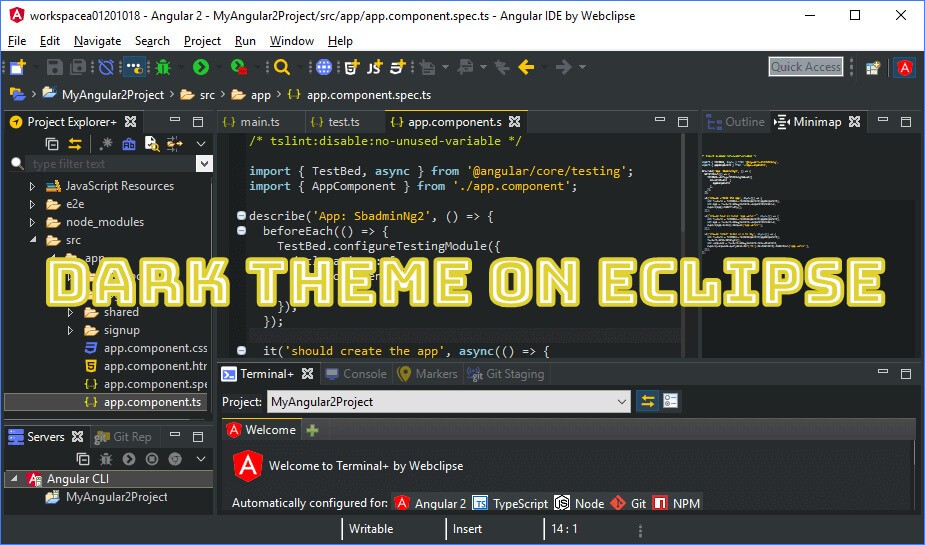

On the Kindle product page it’s a little different, the primary call to action: “Buy now” – acts like a 1-click buy, but visually looks exactly like the “Add to basket”. If you’re on Amazon and buying a traditional book, on the standard product page there are two main calls to action: “Add to basket” and “Buy now with 1-click” – it’s pretty clear what each does. This is a classic dark pattern involving purchase buttons that look similar but have different actions. Please see here for more: ģ – Amazon – Standard buy vs. Kindle eBook buy We always want to make Search better, so we’re going to experiment with new placements for favicons on desktop. By partially I mean they’re still user testing it or waiting for the furore to settle down before they recommit…Īn important update! We’ve heard your feedback about the look.

Looks like Google have responded to the backlash on this and partially rolled back the change. With a monopolistic hold on search and online ads, this move is akin to printing money, a clear win-win for Google. Ads and search results in a typical Google search results pageĪs Google is an ad platform, this move twists the knife for both the user and the organisation paying for the ad more users are likely click on these links and generate greater revenue, and in turn increase the cost-per-click price for the ad.

Furthermore over time we’ve learnt the Google visual language of search results, this change increases the likelihood we users will instinctively click on an ad as it shares the visual characteristics we learnt were previously only for organic results. Our brains are wired to pick up visual patterns, in this case we would have used the shape and colour of the text to quickly discern ads from results, now we have less to go on. The old vs new Google sponsored link / ad
#Swinsian dark theme series
One thing iTunes did do well was the ability to browse and filter your music library, using a series of list box filters such as “genre”, “artist” and “album”.

The release of MacOS Catalina in 2019 saw iTunes get retired, not a bad thing when it was clearly bloated and trying to do too much, and in many cases not particularly well. If you’re not vigilant about these things, you can very easily be duped – so here’s my recent pet peeves …ġ – iTunes and Apple Music Apple Music MacOS App – showing a song list view Ultimately they occur when the focus of those manging the experience becomes more about eking the numbers and maximising at all costs, over the impact and benefit to the user. Over time with continual optimisation and testing they take on a life of their own and become something else. Most dark patterns don’t have a malicious beginning, they usually start out life as ways to encourage a particular user behaviour, or subtly aid in reaching a business goal. I’ve rounded up three recent experiences that have got under my skin.Įveryday we unwittingly encounter dozens of systems designed to sub-consciously nudge us into taking actions we wouldn’t naturally do, but are mainly there to benefit the system masters – these are anti-patterns or dark-patterns.


 0 kommentar(er)
0 kommentar(er)
